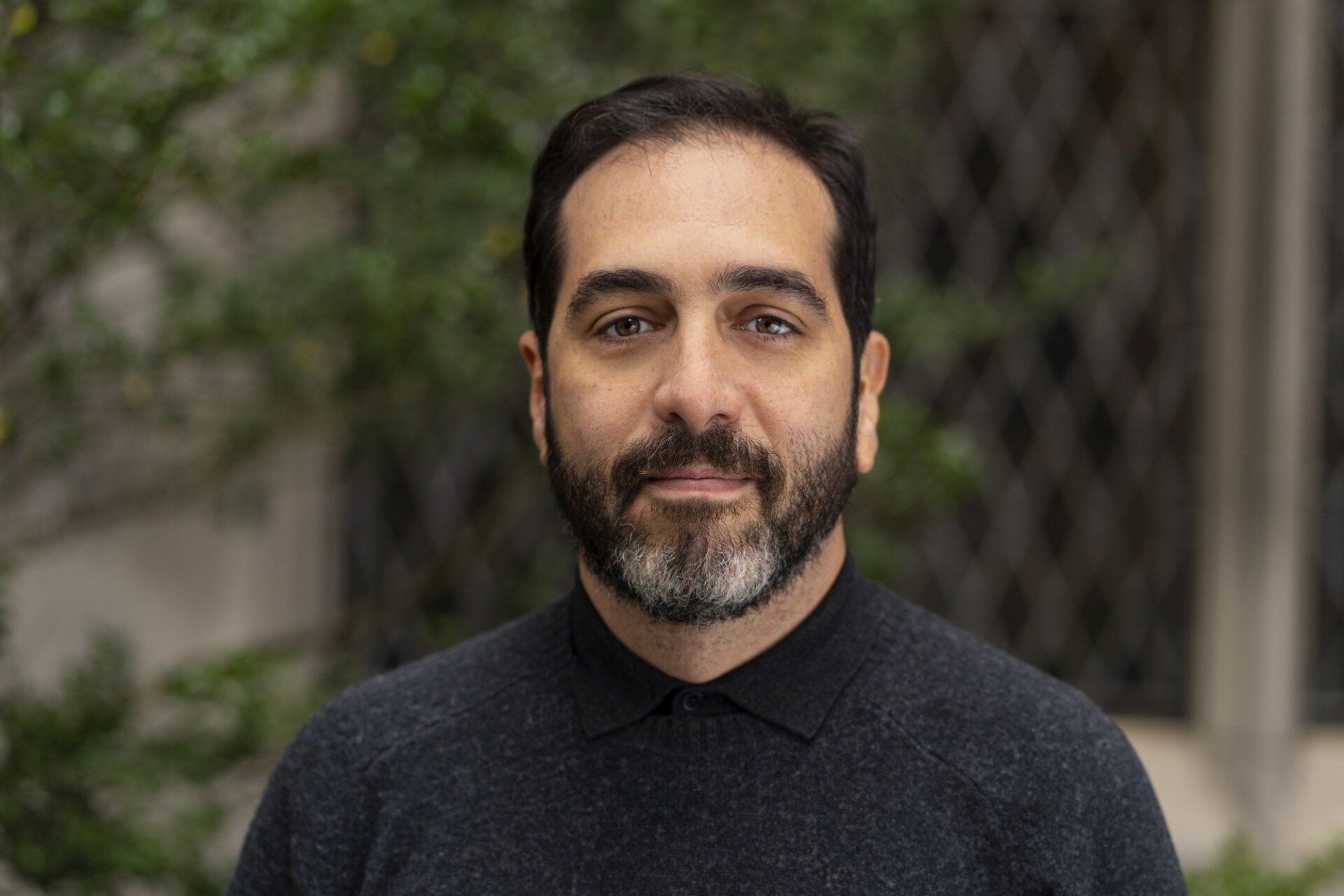In the otherworldly landscape of the Jordanian desert lies Umm ar-Rasas, an archaeological site that preserves one of the most distinctive vestiges of asceticism in the Middle East: a stylite tower. This structure is not only the remains of an ancient (and somewhat extreme) spiritual practice but also is a witness to a complex period of cultural and religious coexistence.
Umm ar-Rasas: A Crossroads of Civilizations
Known in Roman times as Kastron Mefaa, Umm ar-Rasas originated in the 3rd century CE as a military camp and later flourished as a Byzantine city. After the Islamic expansion, it remained inhabited, integrating earlier traditions. In 2004, UNESCO added it to the World Heritage List for its archaeological richness and its testimony to the transition between the Roman, Byzantine, and Islamic worlds.
 (Photo credit: Turk Lens)
(Photo credit: Turk Lens)
The site preserves the remains of at least sixteen churches, many with remarkably well-preserved mosaics. Among them, the Church of Saint Stephen stands out, its floor depicting an urban map from the 8th century. Yet beyond its mosaics, Umm ar-Rasas holds an even more unusual feature: a solitary tower built not for defense, but for ascetic retreat.
A lonely tower in the desert
To the north of the main settlement rises a square tower about 14 meters high. Its elevated entrance—designed to be reached by ladder—and the small chamber at its summit suggest it was intended for habitation. The nearby church reinforces its monastic context.
This tower has been identified as an exceptionally well-preserved stylite column, the most complete known example in Jordan. Its architecture summarizes an ascetic tradition that reached its height between the 5th and 9th centuries CE.

(Photo credit: Fadi Amirah Photography)
The phenomenon of stylitism
Stylitism was a form of ascetic life in which individuals chose to reside atop columns or towers, seeking physical separation from the material world and a focus on spiritual practice. Stylites prayed, meditated, and sometimes preached from their elevated positions, receiving food and water via pulleys or temporary ladders.
The practice drew from Eastern traditions of desert asceticism and hermitic life, where physical hardship symbolized a commitment to spiritual transformation.
Origins and expansion
Stylitism's best-known figure is Simeon the Stylite, who in the mid-5th century established himself atop a column near Aleppo, in present-day Syria. His life attracted pilgrims and observers, fostering the spread of the ascetic model across Palestine, Asia Minor, Egypt, and, as Umm ar-Rasas reveals, Transjordan.
Rather than being marginal, stylitism became a recognized form of extreme spirituality within these regions.
Umm ar-Rasas: An exceptional case
The stylite tower at Umm ar-Rasas is particularly significant due to its preservation, its proximity to a church, and its relatively isolated location within the archaeological complex. Together, these elements suggest it served as a spiritual landmark and possibly as the center of a small monastic community.
Whereas in many other regions stylite columns survive only as scattered remnants, the tower at Umm ar-Rasas remains standing—a testament to a lifestyle that challenged human endurance.
Preservation challenges
The site faces threats from erosion, urban expansion, and unregulated tourism. While conservation initiatives have been undertaken by international organizations and Jordan’s Department of Antiquities, maintaining a balance between heritage protection and visitor access remains delicate.
Due to its uniqueness, the stylite tower could become a focal point for raising awareness of Umm ar-Rasas’ cultural value.
Reflections from the heights
The stylite tower at Umm ar-Rasas invites reflection on lives that sought, through isolation and austerity, a path to inner transformation. While the deeper motivations behind stylitism remain open to interpretation, the enduring tower stands as a reminder of an era when spiritual aspiration manifested in remarkable physical resilience.
Today, among silent ruins, the tower continues to bear witness to questions about the human pursuit of meaning beyond the noise of the world.




